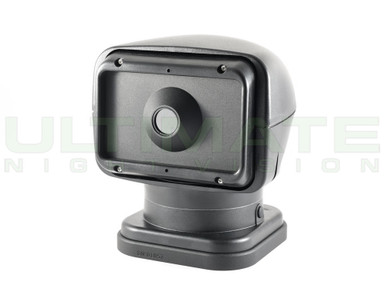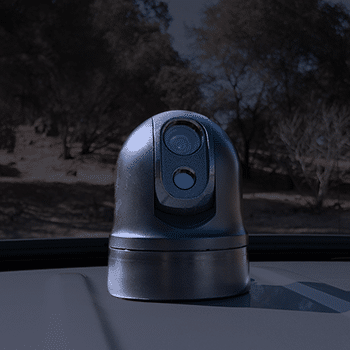Anyone ever come across this type of setup?
I'm thinking about a coyote hunting setup, wherein a thermal scope would be mounted to a gimbal positioned on a vehicle roof, with video piped into the cab. This would be for high plains style hunting, covering a lot of ground in a night. Basically imagining the old vehicle mounted spotlights, but on a steady gimbal, and thermal.
Would be nice not to reinvent the wheel if someone else has some real world experience to share.
I'm thinking about a coyote hunting setup, wherein a thermal scope would be mounted to a gimbal positioned on a vehicle roof, with video piped into the cab. This would be for high plains style hunting, covering a lot of ground in a night. Basically imagining the old vehicle mounted spotlights, but on a steady gimbal, and thermal.
Would be nice not to reinvent the wheel if someone else has some real world experience to share.




